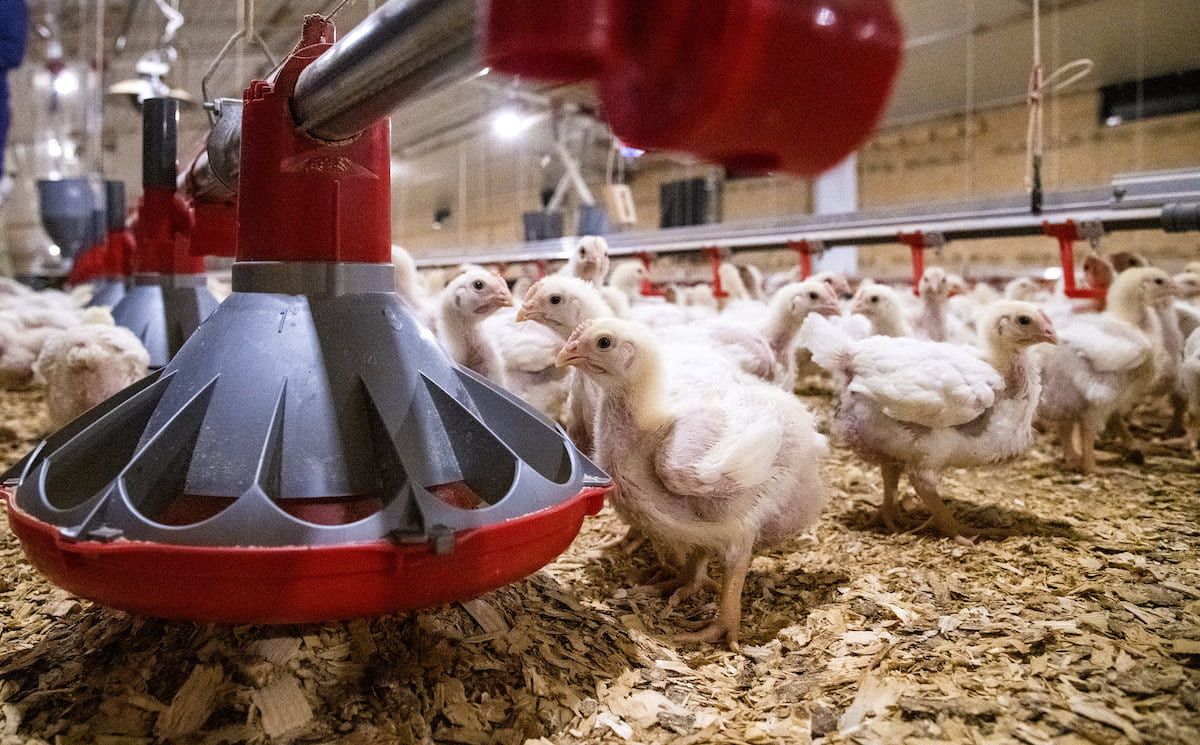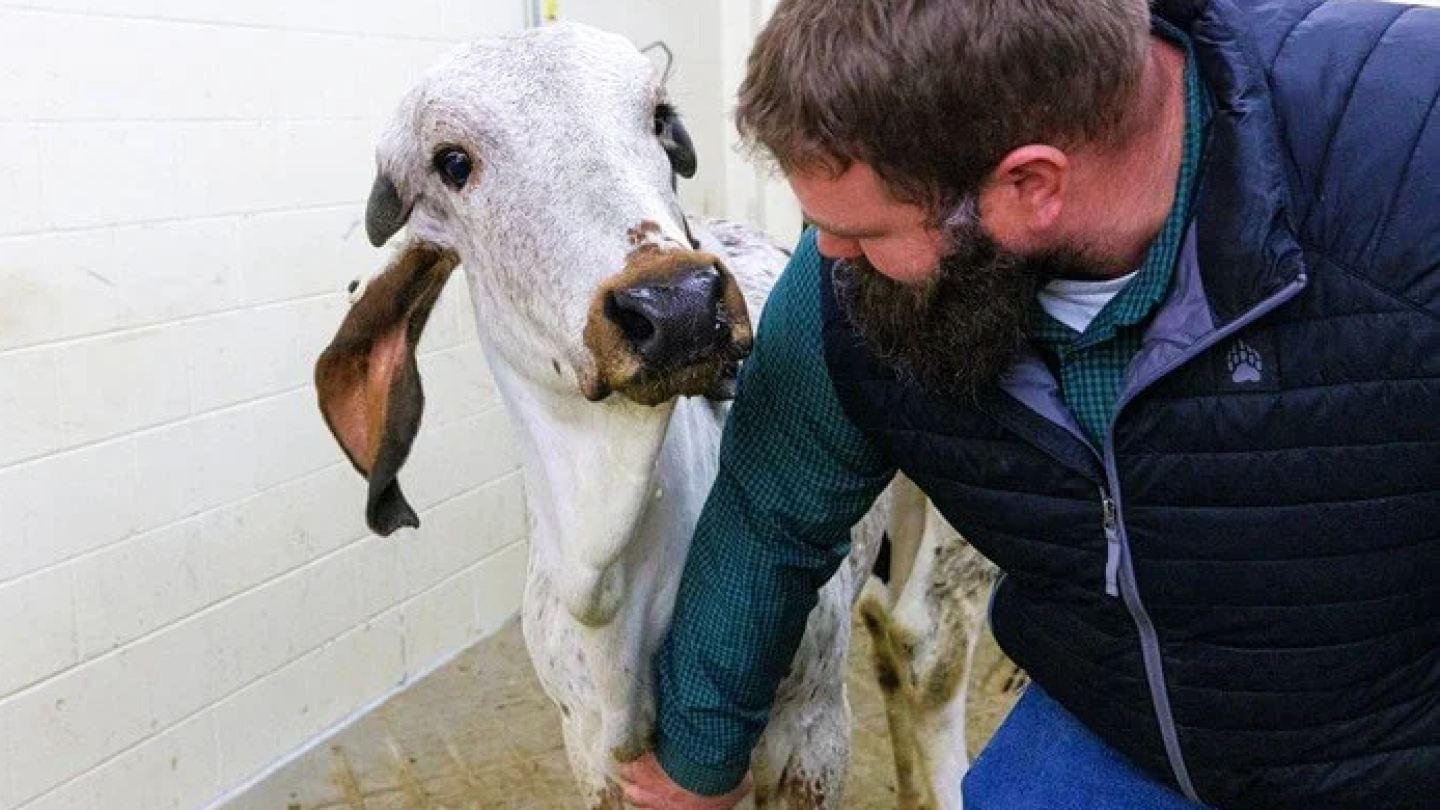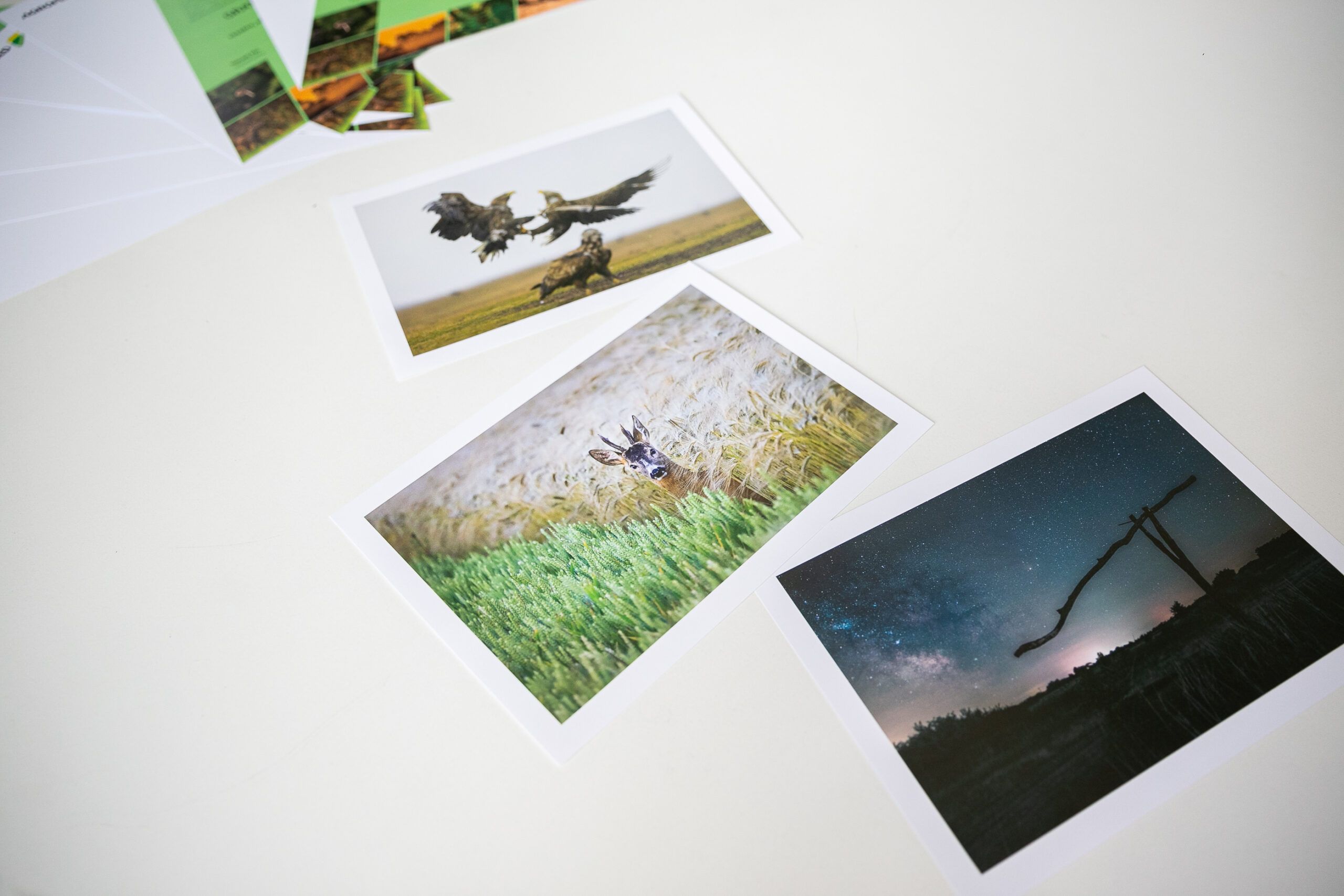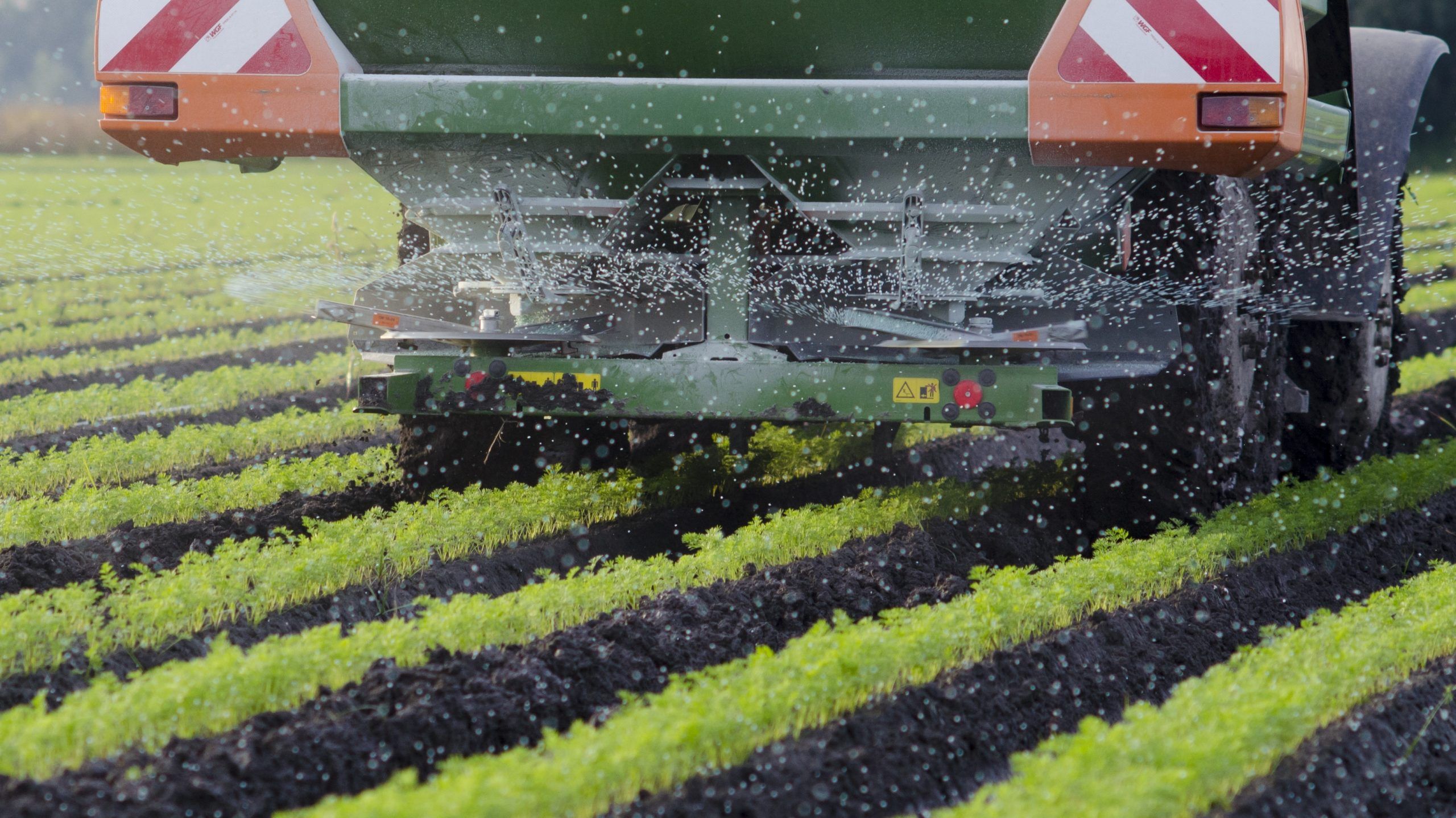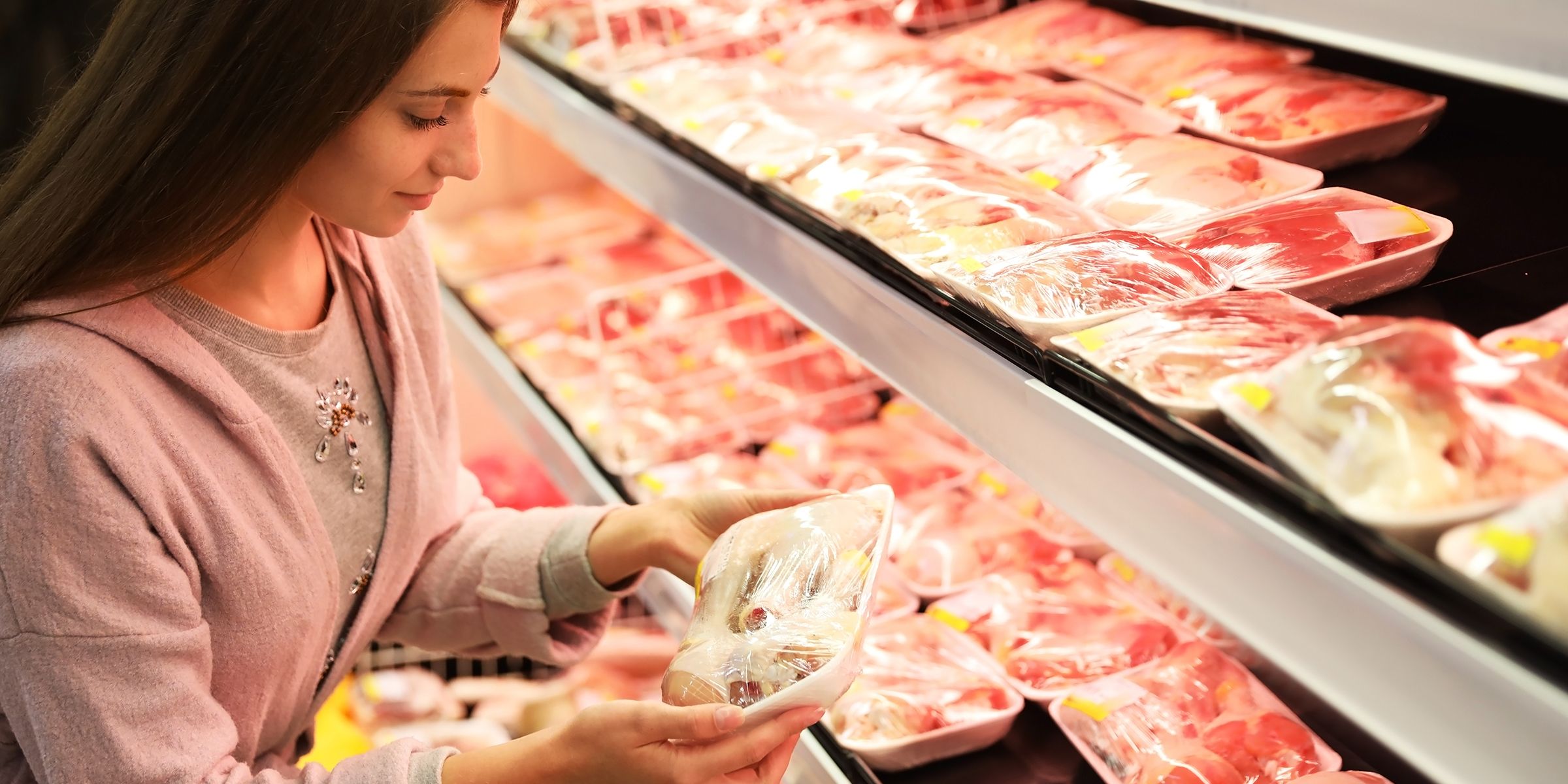Amino acids synthesised without living organisms
Researchers at the Technical University of Munich have synthesised the amino acid L-alanine using enzymes, according to a report in the journal Chem Catalysis. Although the technology needs more work before it is ready for commercialisation, it could one day allow feed manufacturers to produce amino acids directly from carbon dioxide and renewable hydrogen and ammonia. Producers typically rely on fossil fuels or microorganisms to make amino acids, says Volker Sieber, a professor at the Technical University of Munich and one of the authors of the Chem Catalysis report. While single-cell protein synthesis is generally considered more sustainable than conventional amino acids derived from fossil fuels, it still requires glucose to feed the microbes. And the production of this glucose biomass still requires acres of land that could otherwise support greater biodiversity, Sieber said. If you really want to be sustainable in what you do … it’s more important to use renewable energy and carbon dioxide,” Sieber said, arguing that a windmill takes up less land than acres of crops. But if you try to synthesise single-cell proteins using carbon dioxide as a raw material, the process triggers intermediate chemicals that are toxic to the microorganisms themselves, Sieber said. To get around this barrier, the Technical University of Munich laboratory removed key enzymes responsible for amino acid synthesis from the microbes to replicate the cellular process outside a living organism. Using carbon dioxide, hydrogen and ammonia – all preferably from renewable resources, Sieber said – the lab was able to achieve a conversion efficiency of nearly 100%. They started with L-alanine because of its relative simplicity, he said, but have since synthesised other amino acids as well. Other processes – including microbial synthesis and the extraction of L-alanine from fossil fuels – are still cheaper than the enzymatic process developed in the lab, Sieber said. But the team at the Technical University of Munich is now working to refine the process and reduce costs. Sieber believes that if they can speed up the action of the enzymes, they will be able to achieve cost parity with other sources of amino acids.


